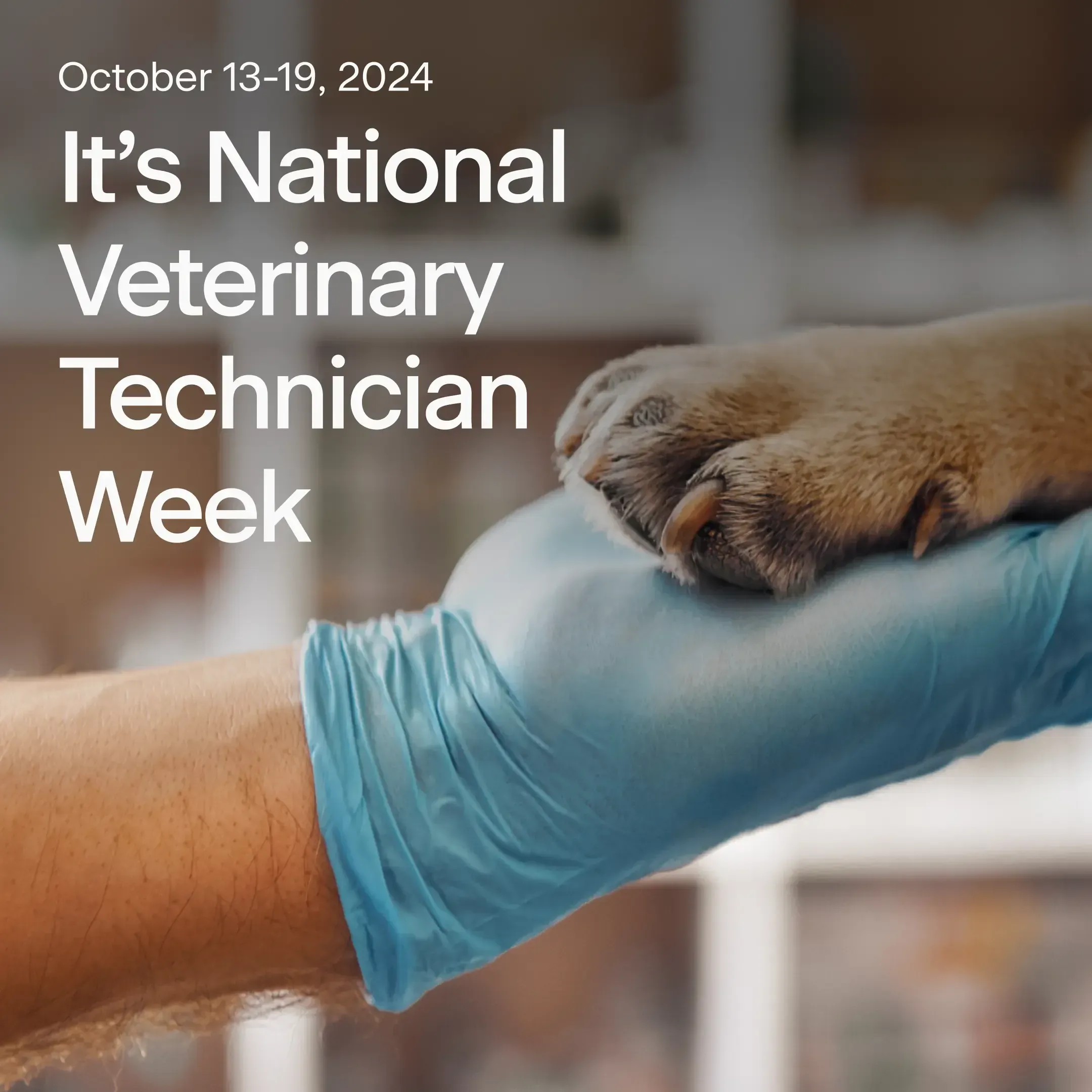Note: This post is Part 1 of the Veterinary Urgent Care Primer series, which aims to explain urgent care and how it’s reshaping the way you care for your pet.
Human urgent care facilities have been around for over 50 years with the first known use of the term “urgent care” in 1973. There are now over 14,000 urgent care facilities in the U.S., growing at a rate of 7% annually and with patient volumes up 60% since 2019. The focus of urgent care facilities is treating acute but non-critical injuries and illnesses. By contrast, emergency rooms treat critical conditions, and PCPs and specialists may treat both acute and chronic conditions.
Before 2020, vet hospitals had sufficient same-day appointments for urgent visits and relied on local emergency hospitals as a backup.
However, with the increase in pet ownership over the course of the pandemic and the changes in the workforce, both general practitioners and emergency hospitals became increasingly busy; in fact, it’s not uncommon for emergency hospitals to temporarily close when they are at capacity, and it can take days or even weeks to get in with a pet’s primary veterinary care.
Veterinary Urgent Care is Reshaping Pet Care
Enter veterinary urgent care. In the past couple of years, stand-alone veterinary urgent care practices have emerged to help bridge the gap between general practice and emergency care. Similar to urgent care facilities in human medicine, urgent care vet hospitals are equipped to handle urgent but non-life-threatening situations that need to be seen within 24 hours.
Veterinary urgent care hospitals can address the 95% of issues that pets face on a day-to-day basis. Importantly, these hospitals can provide walk-in and same-day appointments and critical care at a fraction of the cost and wait times of an emergency room, expanding access to high-quality healthcare for millions of pets.
The following are some examples of situations that are appropriate for an urgent care visit:
- Ear infections
- Skin issues including lacerations, scrapes, irritation, infection, severe itchiness, and hives/allergic reactions
- Eye issues
- Urinary issues
- Acute onset of limping or lameness
- Diarrhea and vomiting
- Coughing
- Acute foreign body or toxin ingestion
The following are some examples of situations that may not be appropriate for an urgent care visit but rather a 24-hour emergency hospital:
- Severe trauma including hit by car and fall from a high height
- Severe seizures
- Labored breathing
- Extreme lethargy or changes in mentation
While urgent care animal hospitals are well equipped to handle acute cases, major surgeries and overnight hospitalization are best performed in 24-hour emergency & specialty facilities. At the other end of the spectrum, wellness services such as vaccinations, medication refills, behavior consultations, and nutrition consultations are best administered at a primary care veterinarian. It is important to note that veterinary urgent care hospitals are not a substitute for having a relationship with a primary or family veterinarian.
As pet ownership expands and the demands on our pet care infrastructure increase, veterinary urgent care will play a key part in providing timely and high-quality medical care. Ruby Veterinary Urgent Care is excited to be at the forefront of expanding access to exceptional pet care.


